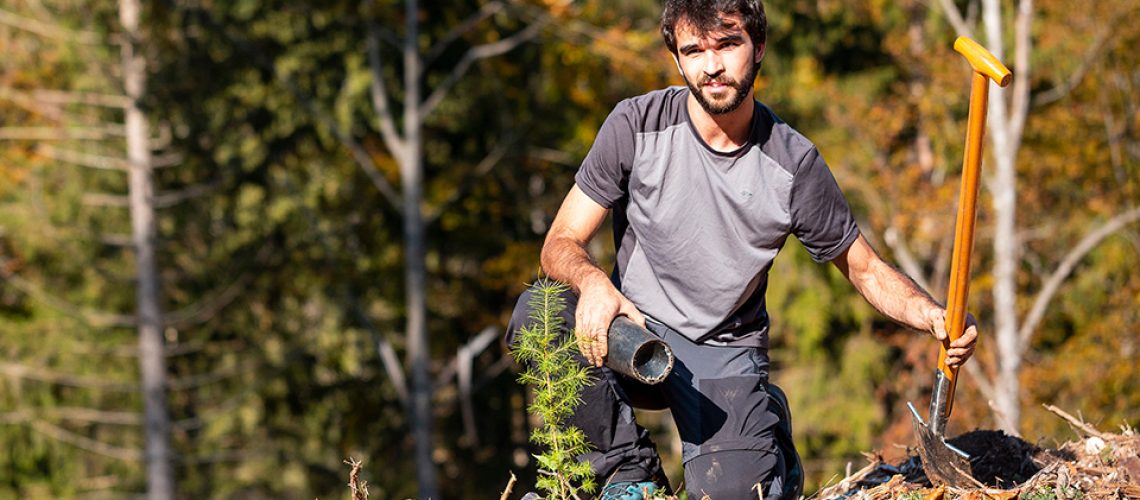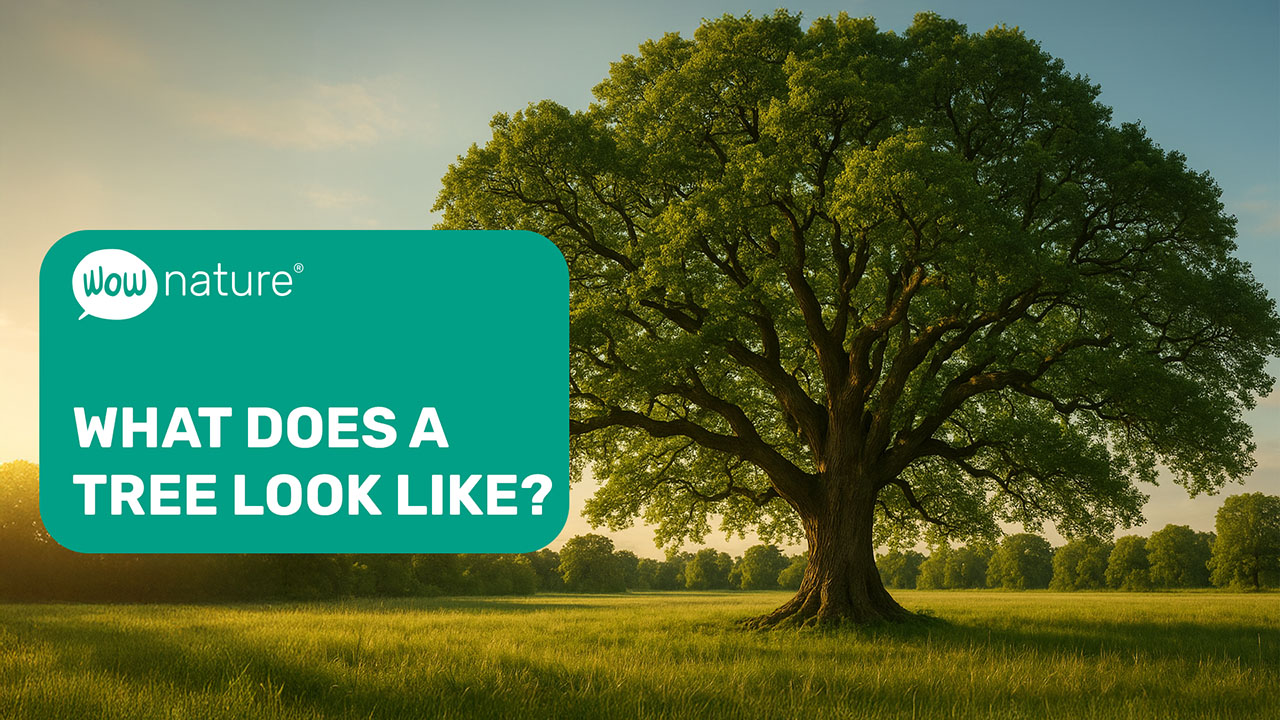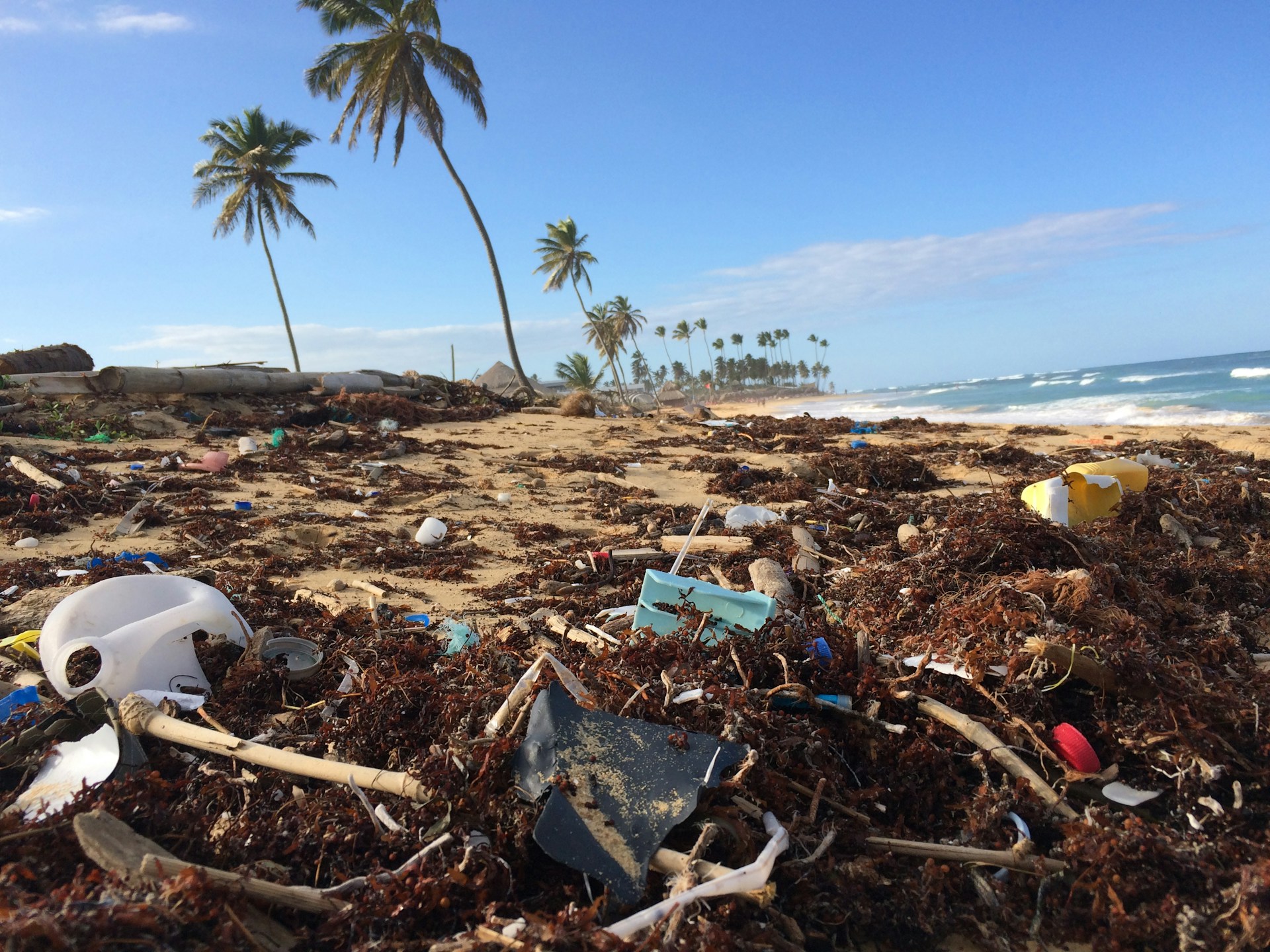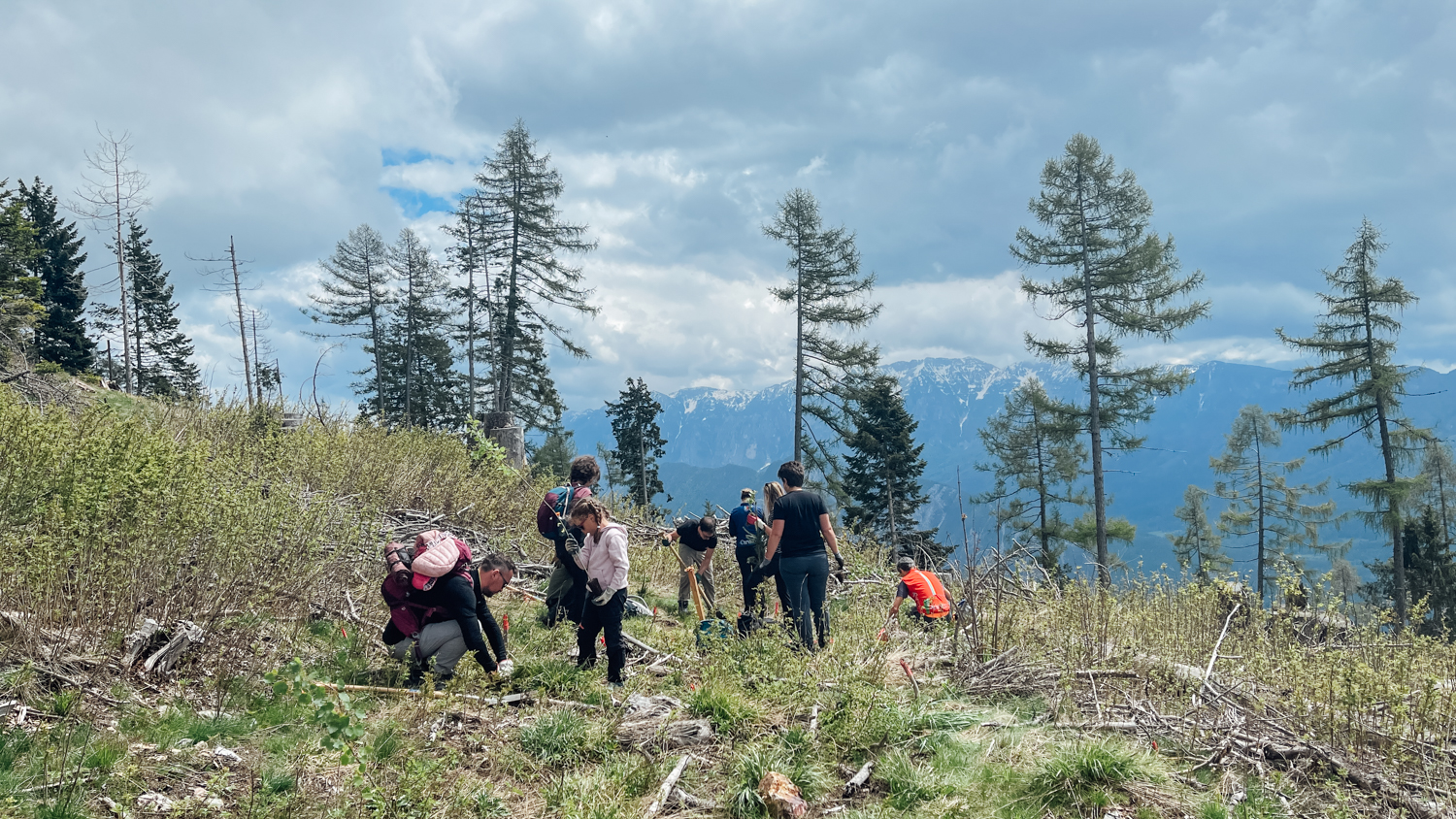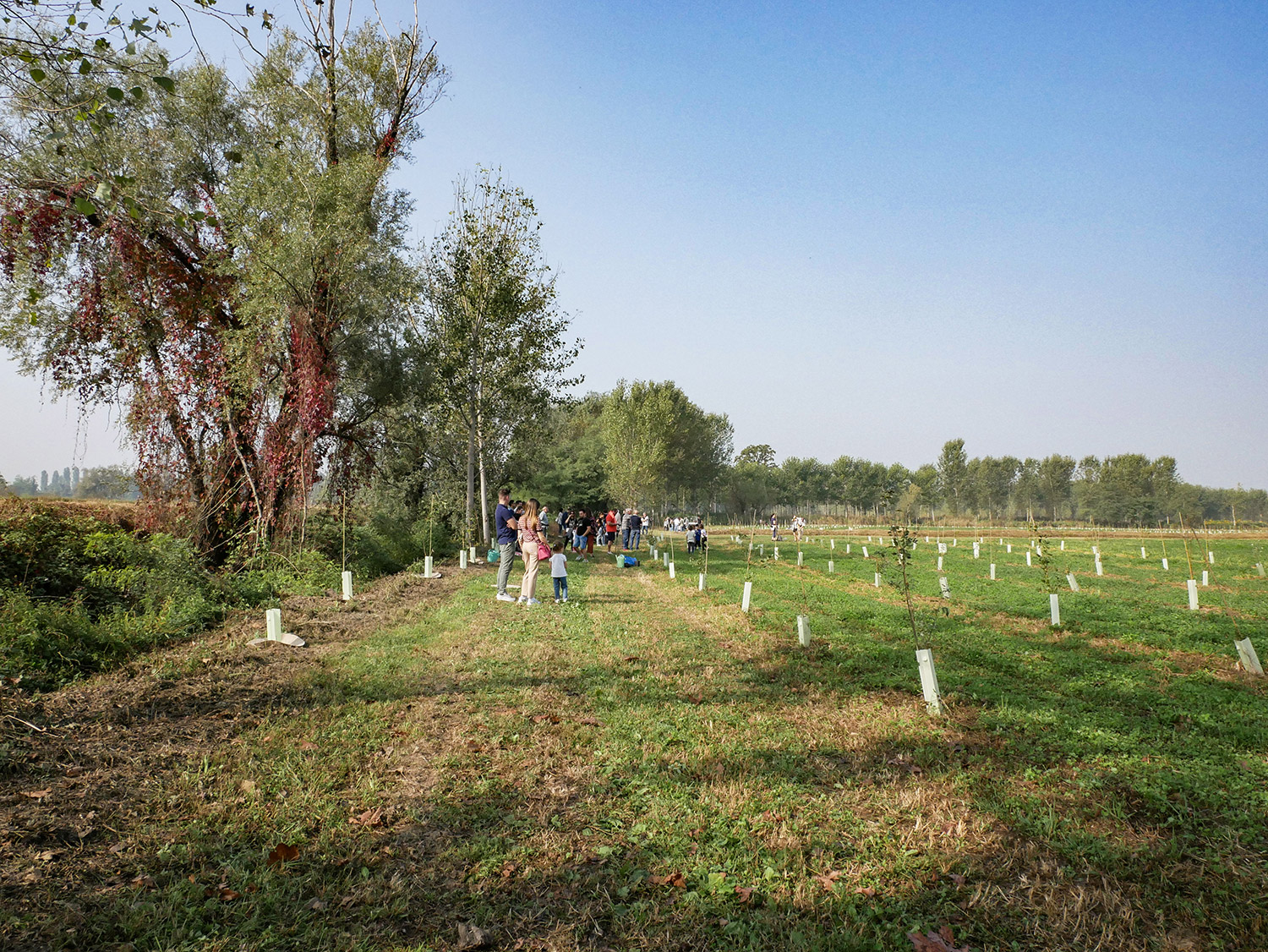
We often forget, but nature plants “randomly”, not following a precise scheme and counts mostly on the great number of seeds spread in an area. This is why, when planting in the mountains, we need to reflect carefully both on the species we use and the way we plant.
It’s better to let nature work
As mentioned in another post (link), when planting an urban forest, it’s important to allow it to grow fast and to facilitate maintenance. When it comes to mountains, it’s a different story. This is evident above all in the areas hit by storms, such as the alpine areas that were hit by Storm Vaia, where diversity is very important. Vaia has been, without any doubt, a terrible event for all the territories that suffered its consequences, but it also gave us the possibility to stop for a moment to think about what had been done before it and what would have been possible to do in the future.
As Professor Dal Favero of the University of Padova reminds us “it is still fundamental to try to maintain a good mix of coniferous and broadleaved species so that the litterfall provides a balanced biological activity”. Broadleaved forests are more resistant to storms than coniferous ones; irregular forests tend to do the same with respect to homogeneous ones.
The mountains have their own rules
Different species grow and compete in different ways, creating conditions that tend to be more stable and resilient even when facing extreme events which, in turn, tend to be more frequent because of climate change.
To recreate nature-like conditions and minimize the costs at the same time, we often use the following technique: we plant different species, in different numbers of specimens, without following linear arrangements or geometrical shapes. We do that because single trees would be more subjected to risks caused by adverse weather conditions (storms, etc.).
Thanks to your support, the reforestation projects have already begun, and activities will intensify in spring 2020. Take a look at the first WOW planting days!
Have any other questions on how we realize our projects?
Keep following us, read the FAQ section on our website and read our post “How we choose our trees.



